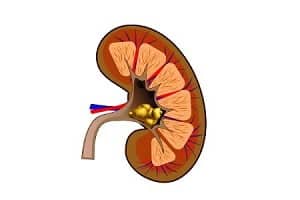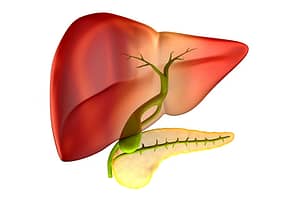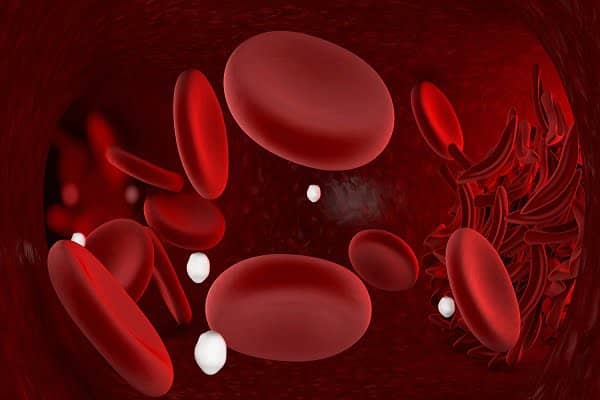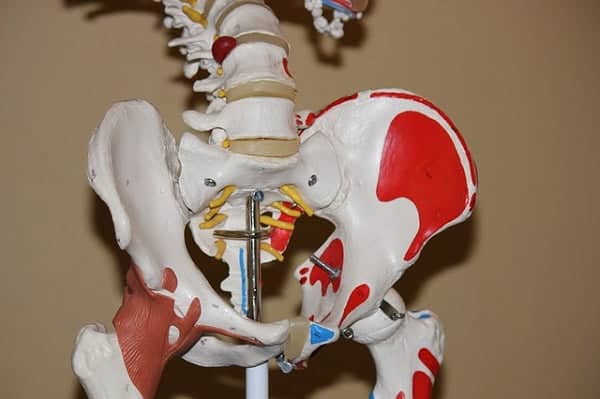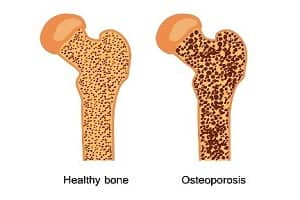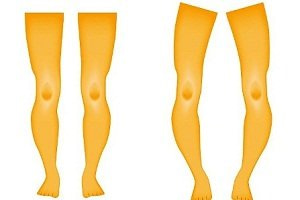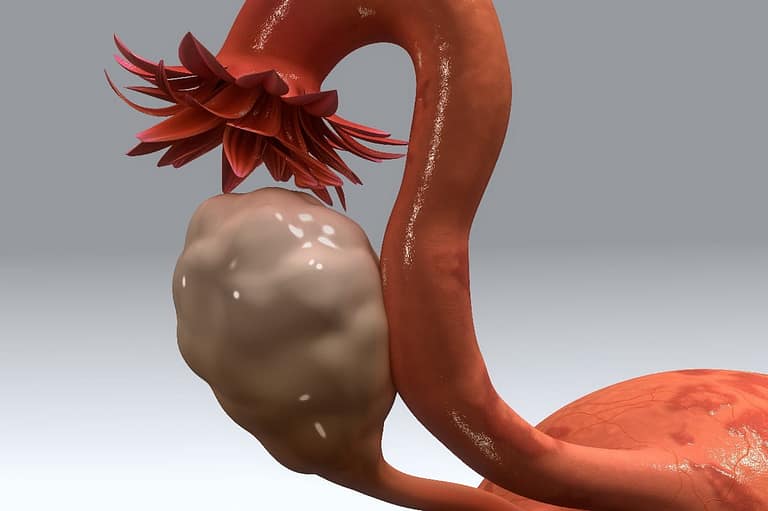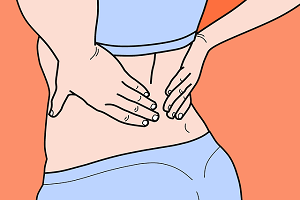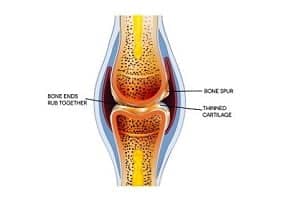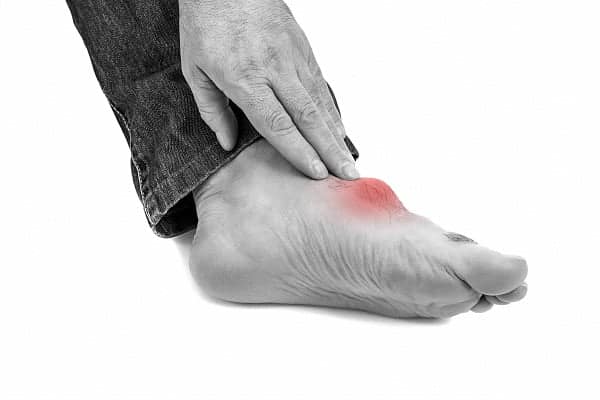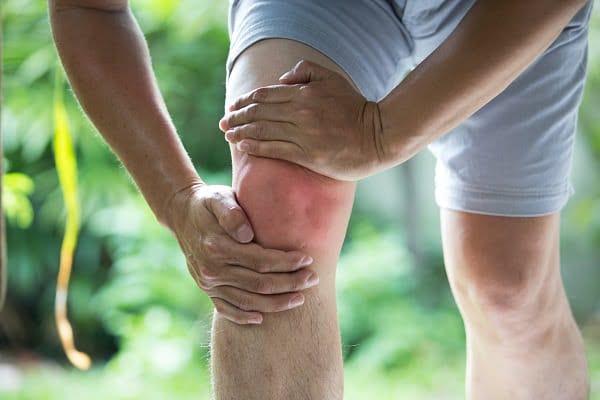Browsing: Bone Health

The page provides quick access to a list of common diseases, syndromes, health conditions, and other topics of health importance related to bones and joints. The list is organized alphabetically. Links are provided to respective diseases sections that serve as a comprehensive and ultimate guide about the disease or health condition.
Bones make the structural framework of the body. It provides structural support and helps in movement of the body. A joint indicates a junction of two or more bones such as knee, hip, elbow, or shoulder. Bones and joints are damaged by different types of injuries or diseases. Its treatment mainly depends on its cause and may vary from person to person.
One of the most common symptoms of bones and joints disorders is pain and difficulty in movement of the affected region. The symptoms of bones and joint diseases may range from mild to severe, and in severe cases, the disease may be chronic and spread to other body parts.
Diseases and injuries of bones and joints majorly indicate abnormalities of the human skeletal system. The universal cause of bone disorders includes physical injury, fracture and effect of other diseases. Doctors may refer these bone and joint injuries as conditions that were more mechanical than metabolic body changes.
Bone and joint disorders are one which affects the musculoskeletal system of the body, such as osteoporosis, arthritis, bone cyst, osteomyelitis and hypocalcaemia and bone cancer. Here are listed common bones and joint diseases for your review. Click on any of them to redirect to respective disease containers.
Ionized calcium is the calcium in your body which is free or unbound to serum protein. It is also known as free calcium. Ionized calcium is biologically active and physiologically usable form of calcium. It also regulates the hormones involved in calcium homeostasis such as parathyroid hormone, calcitonin and vitamin D.
Problems Due to Calcium Deficiency: Is Low Calcium Dangerous?
The low level of calcium in your body is indicative of either deficiency of calcium or vitamin D or both, since vitamin D is necessary for absorption of calcium from your dietary sources. 99% of your body calcium is stored in teeth and bone as an in-house reservoir.
Infection of hip bone is a rare medical condition which generally happens after total hip replacement surgery. During a hip infection, germs such as bacteria, viruses, fungi and parasites get into the bone and joints and reproduce themselves. A bacterium called Staphylococcus aureus is responsible for most bone and joint infections in children.
Osteoporosis is a disease of bone that occurs with a decrease in the density of bones resulting in soft bones that are prone to fracture easily. It occurs particularly when the body loses too much bone or makes too little of them. Osteoporosis literally means porous bone (that is a bone that is compressible.
An Overview of Rickets Disease
Rickets is a condition that affects the development of bones in children. It affects the skeleton causing the bones to become weak and soft. Weak and soft bones lead to skeleton deformities and poor growth. Rickets is caused by a severe and prolonged deficiency of vitamin D.
Calcium Infusion (Calcium Chloride, Calcium Gluconate Infusion): Types and Side Effects
Calcium infusion is a treatment option or medical management of acute symptomatic hypocalcaemia given on urgent basis to settle the symptoms and prevent further complications. Hypocalcaemia is a potentially life-threatening biochemical condition which is caused by low levels of calcium in your blood. Calcium is vital for proper functioning of different body organs.
Living Healthy With Fibromyalgia
Living with fibromyalgia is a challenge; however, the symptoms can be reduced by working actively and by managing certain healthy practices. Your doctor is the most important person in this regard. Talking to your doctor about the measures to relieve the pain can be of extreme help.
Our joints have a natural shock absorber called cartilage. Cartilage is smooth, elastic, and rubber-like material that provides cushioning effect to the bones at joints. It reduces the friction between two bones, making them work smoothly. As people age, their joints become stiff and the cartilage becomes more susceptible to wear and tear.
You should remember that your gout problem doesn’t appear suddenly but actually been with you for quite some time, possibly years. It is caused by continuous uric acid build-up in your blood. If you don’t control your uric acid levels, you should expect more and frequent gout attacks.
What are the Various Symptoms and Complications of Osteoarthritis?
Symptoms of osteoarthritis differ greatly on the basis of its location and severity. The most common symptoms are pain and stiffness. Some other symptoms may develop in time. The complications of osteoarthritis worse and become severe if it is not treated in time. There is a risk of developing gout and chondrocalcinosis.
